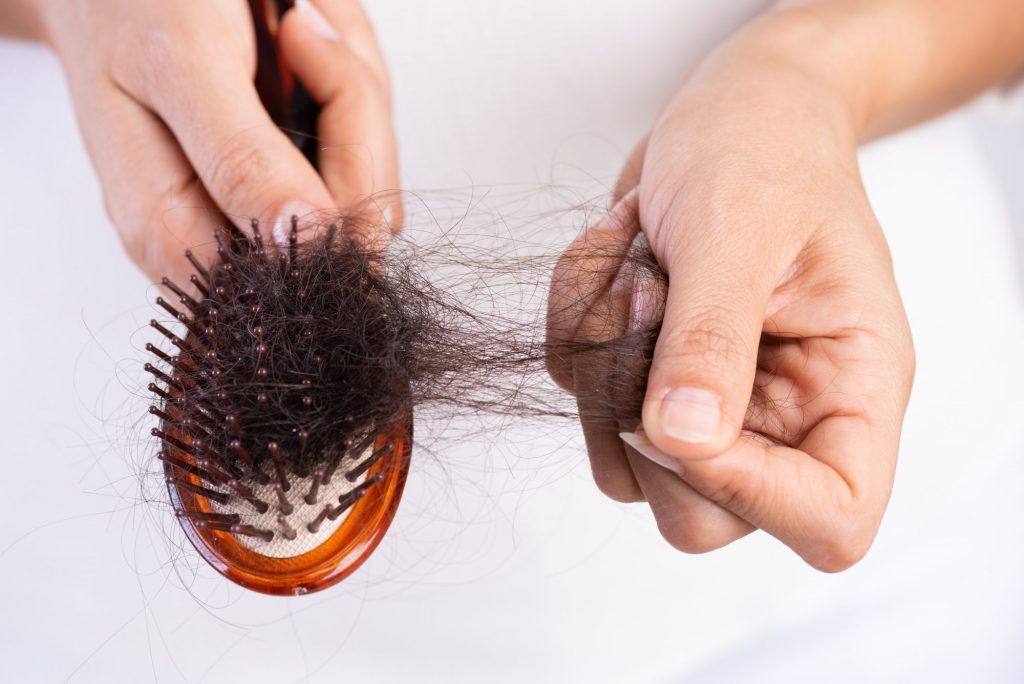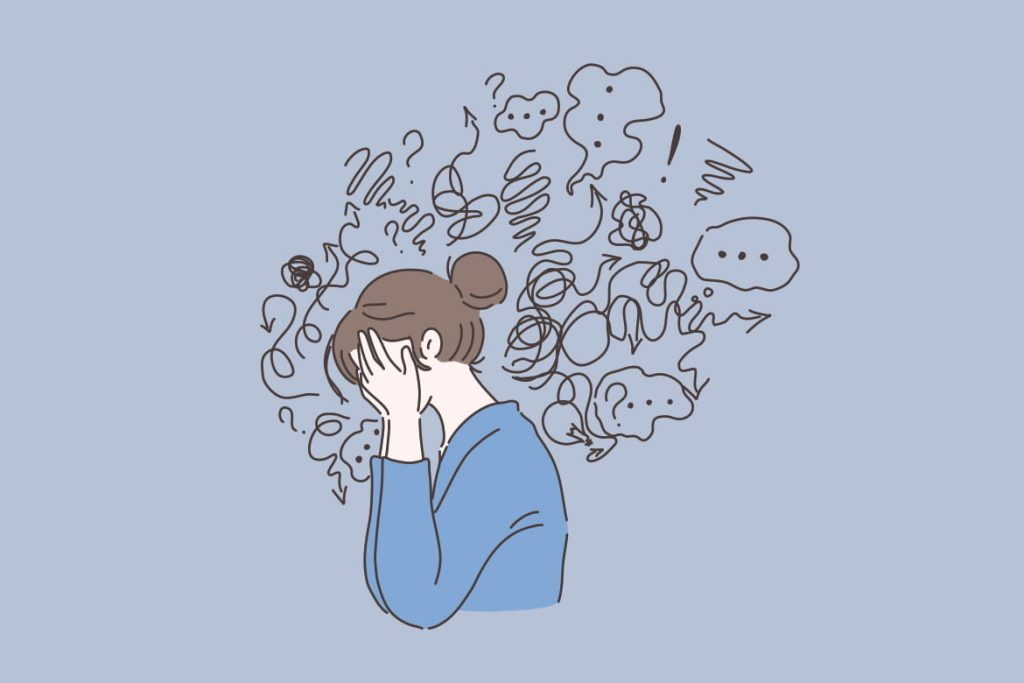
Hair shedding (a/k/a hair loss) may raise a concern and become more noticeable when shampooing, combing, or even just running your hands through your hair. Many people wonder how much hair loss is normal and when should they be concerned? Great question!
How Much Hair Loss is Normal?
Hair follicles transition through multiple phases as part of its normal growth cycle. These phases occur throughout our entire scalp involving each individual hair follicle on its own individualized cycle. It is normal for everyone to experience some daily shedding, daily shedding is part of making way for new hair and is part of the normal hair growth cycle. However, if your daily shedding markedly increases to more than what you have typically seen when shampooing and styling, there are a number of reasons why this could be happening.

What Causes Increased Hair Shedding?
Oftentimes when asking someone to explain what comes to mind when thinking about hair, many people say it’s something we shampoo, style, cut, grow, and color. All of these things are true, but the one thing many don’t consider is that our hair is an indicator of our internal health. Yes, it’s true!! Hair is more than just what we are able to see or do to it, hair expresses information from within. There are several factors such as diet, medication, nutrition, illness, and stress that can lead to an increase in hair shedding, often known as diffuse hair loss.
Unlike normal day-to-day shedding, diffuse shedding/hair loss tends to be much more noticeable. This type of shedding/hair loss can begin 2-3 months after the underlying condition occurs. As mentioned, some of those conditions can be diet, medication, nutrition, illness, and stress. Yes, you read that right, there is a delayed effect. Diffuse hair loss (experienced as excessive shedding) can occur 2-3 months after the hair growth cycle has been triggered and impacted by an underlying cause.
There are two types of diffuse hair loss – temporary self-correcting, and permanent.
- Temporary self-correcting diffuse hair loss (experienced as excessive shedding) can continue for up to 2-3 months from when it begins before it shows signs of correcting itself, hence the term temporary self-correcting.
- Permanent diffuse hair loss, on the other hand, can continue over the course of many months and will continue until the underlying condition is corrected.
The good news is that with both types of diffuse hair loss the hair can return to its normal growth cycle without any long-term effect or damage to the hair follicle.
Why Your Recent Hair Loss May Be Pandemic Related
A popular question I have been asked lately is, “Why are so many women and men currently experiencing increased hair shedding, and could this be a type of diffuse shedding/hair loss?” Well, honestly I am not surprised this question has become so popular, and if you are someone experiencing this condition you are certainly not alone! Let’s not overlook the dramatic changes that have taken place in our lives over the past few months due to the pandemic. We have all experienced a great deal of stress over the past few months, including the emotional, financial, and physical stressors that we continue to encounter as we navigate our lives. Remember, diffuse hair loss can be a sign of the body’s response to stress and the hair loss often doesn’t happen until 2-3 months after the stressful event occurs.

Take a minute and look at the calendar, ask yourself when you first noticed the change in your hair shedding and how long it has been happening. We all process stress in our own way and the onset of stress may occur at a different time and degree than others around us. If you are experiencing more daily hair shedding than usual, you may be experiencing diffuse hair loss due to stress.
Mark your calendar from when you noticed the shedding increased and keep track for 2-3 months after its initial onset. Has the hair loss slowed down or possibly even returned to its usual shedding amount? The good news is unless there’s another underlying medical reason for your hair loss, it may recover once that period passes if there are no other causes for hair loss.
When Should I Consult With a Professional?

Remember, if you feel that your condition shows no improvement, if shedding continues to increase, or you are experiencing hair shedding with scalp sensitivity, a visit with a qualified hairstylist is the place to start. Come talk to us and we can help recommend products, treatments, and/or specialists that will help you.
Keep safe, stay well, and remember, hair is a reflection of our internal health!